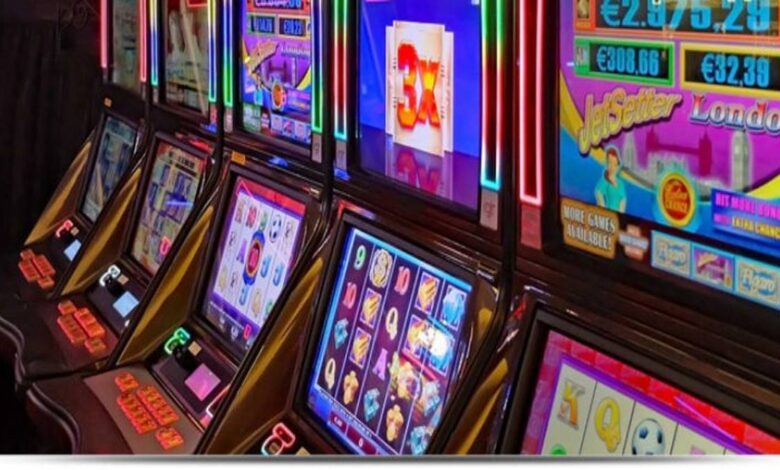Online casino games have become increasingly popular in recent years, and one of the key elements driving this growth is the use of gamification to enhance player engagement and entertainment. Gamification refers to the incorporation of game-like elements such as rewards, challenges, levels, and interactive features into non-game contexts, including online casinos. This strategy not only attracts new players but also retains existing ones by creating a more immersive and dynamic experience. One of the most notable ways online casinos use gamification is through the introduction of loyalty programs and reward systems. These programs are designed to keep players returning by offering them points, bonuses, and other perks based on their activity. For instance, players might earn loyalty points for every wager they place, and these points can later be redeemed for real-money rewards, free spins, or exclusive promotions. By rewarding players for their continued participation, casinos create a sense of progression and accomplishment, which increases their emotional investment in the game.

Another gamification tactic used by online casinos is the creation of levels or tiers that players can unlock. Similar to video games, players can progress through different levels as they continue to play. Each level unlocks new rewards, challenges, or exclusive game features, adding a sense of achievement and progression. For example, a player might start as a novice and gradually move up to expert or master status, earning different types of bonuses as they advance. This tiered system encourages players to keep playing and striving for higher levels, fostering a sense of competition and accomplishment. Challenges and missions are also commonly integrated into online casino games. These tasks provide players with specific objectives, such as completing a set of spins on a particular slot machine or winning a certain number of hands in a card game. By accomplishing these challenges, players can earn additional rewards such as bonus credits or free spins. These tasks keep the gameplay fresh and engaging, preventing the experience from becoming monotonous. Furthermore, casinos may introduce time-limited events, where players must complete certain challenges within a specific timeframe to earn special rewards, adding an element of urgency and excitement.
Social interaction is another powerful aspect of gamification used by online casinos. Many websites incorporate leaderboards, where players can see how they rank against others in terms of wins, points, or achievements. Some online casinos also allow players to join virtual communities, where they can interact with others, share tips, and compete in tournaments. These social features contribute to a sense of belonging and community, which can increase player satisfaction and loyalty. Additionally, gamification in online casinos often includes personalized experiences. Casinos use data analytics to track a player’s preferences, betting patterns, and gameplay history, allowing them to offer personalized promotions and rewards. For example, a player who frequently plays a specific type of slot game may receive tailored offers related to that game, increasing the likelihood of them returning to play. This customization adds a layer of personalization that makes players feel valued and understood. As the casino online industry continues to evolve, gamification is likely to remain a key strategy in attracting and retaining players.



